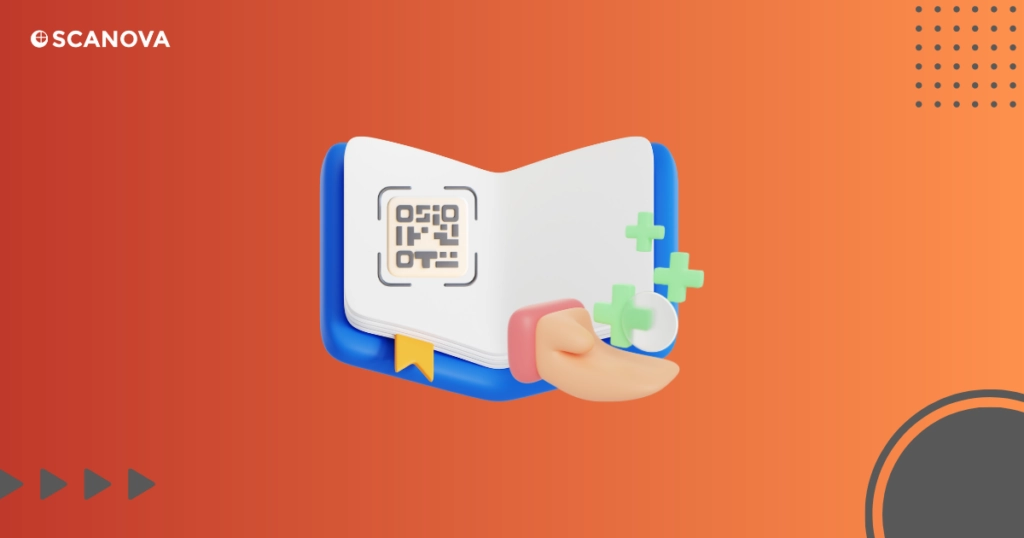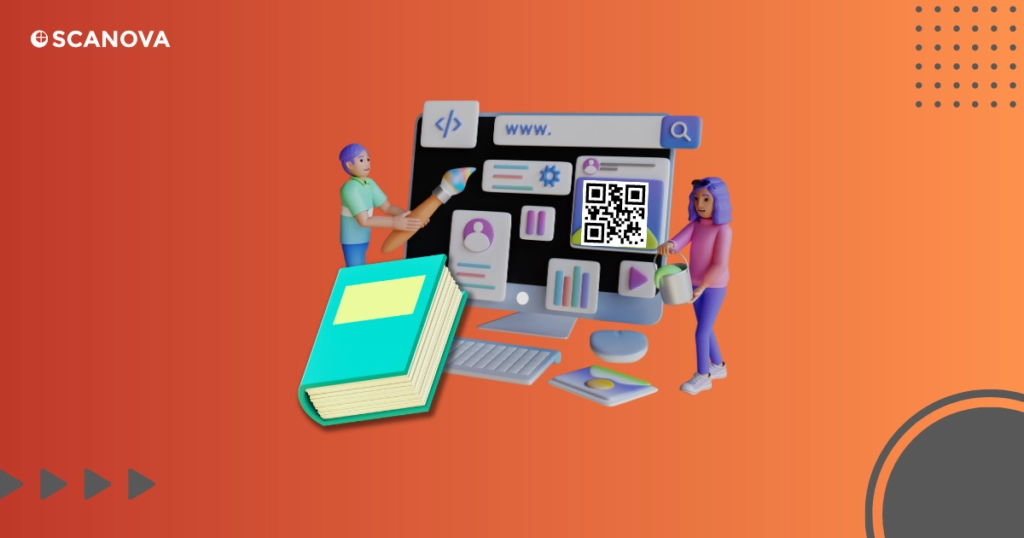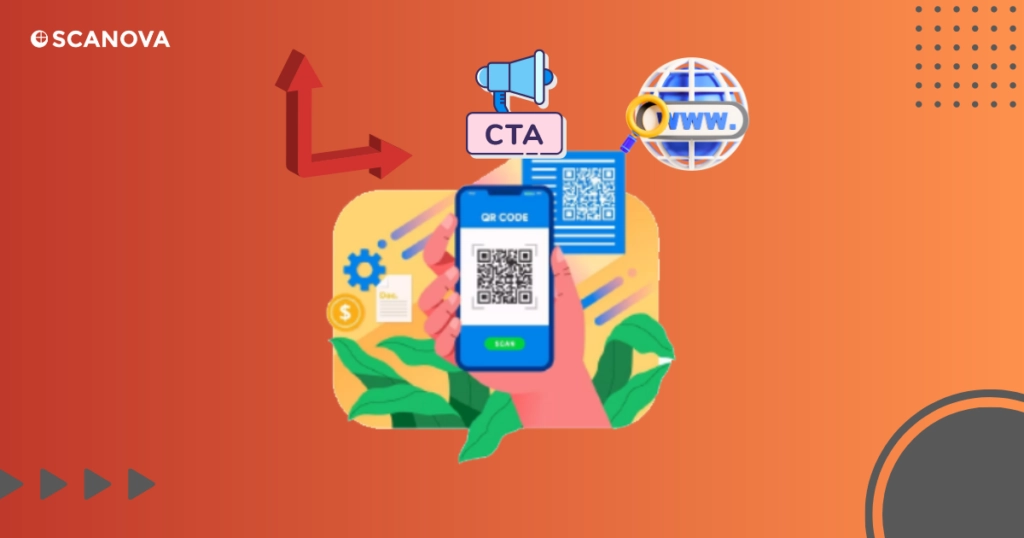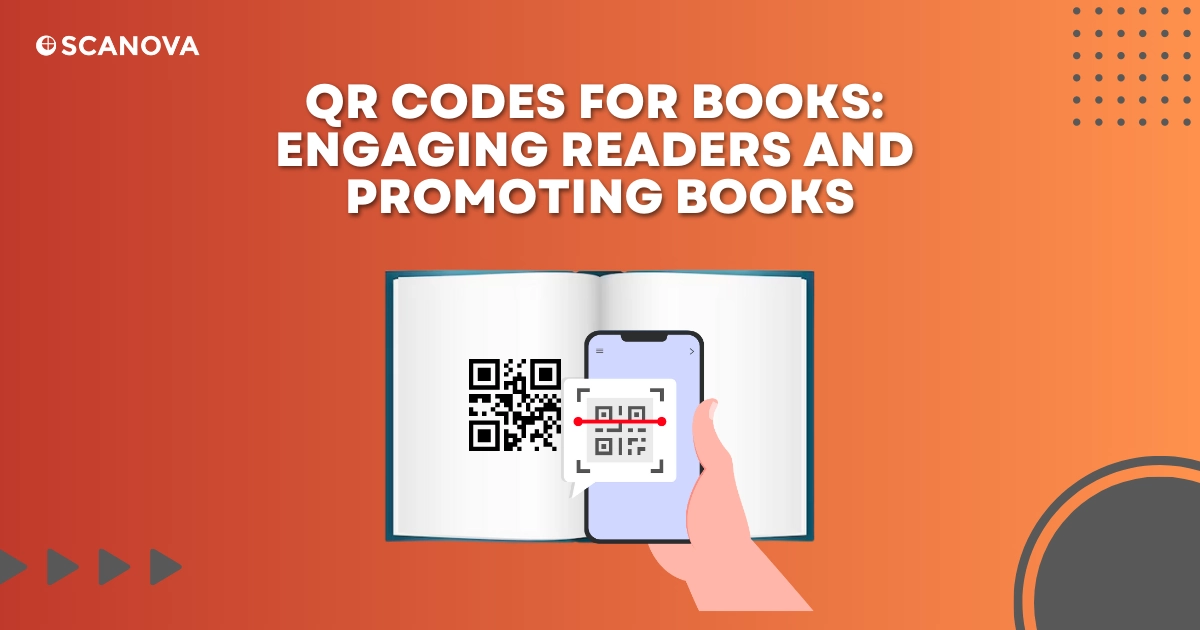Ever wondered how you could enrich a book’s content, extend its shelf life, or market it to another level? Enter QR Codes for Books.
These are more than just an embellishment to your book’s layout. They’re gateways to a digital world, that enhance reader engagement and pioneer new ways of book promotion.
Whichever category the book might be, QR Codes make it more interactive and immersive. Let’s dive deeper into this fascinating world of QR Codes for books!
A. Understanding the requirement QR Codes for books

1. Definition and function
QR Codes, for books are 2D barcodes strategically embedded within a book’s layout. Like Alice’s rabbit hole, these codes are doors to a wealth of additional digital content.
They can take readers to resources like author interviews, detailed image galleries, audio narrations, bonus chapters, and more.
These codes take the book reading experience beyond just text on a page. Such multidimensional interaction boosts engagement and satisfaction to deliver more value than the book’s purchase price.
2. How it works?
Creating and using a QR Code might seem complex, but it’s elementary. The process starts with choosing a reliable QR Code generator online.
Next, you add the content you wish the end-users to see. And the generator converts this content into a QR Code image.
This image is then printed within the book at a suitable location. To access the linked digital content, readers need to open a QR Code scanner on their smartphone and scan the code.
Once scanned, the phone automatically opens the linked content. Integrating the physical book with the digital world is a seamless process!
Generate a QR Code For Your Unique Case
START TODAY!
B. Benefits of QR Codes for books

1. Reader engagement
QR Codes take reader engagement to a whole new level. They turn the traditionally passive act of reading into an interactive experience to significantly enhance reader engagement and satisfaction.
Imagine scanning a QR Code in a travel guidebook, only to be transported to a virtual tour of the destination. Or how about scanning a QR Code in a cookbook and being shown a video of the recipe?
This level of interaction delights the readers and makes their experience dynamic and enjoyable.
2. Book promotion
QR Codes also serve as a powerful tool for book promotion.
For instance, authors can use QR Codes to give readers a sneak peek into their upcoming novel. Or they can also link to positive reviews and testimonials.
Readers intrigued by the preview or impressed by the positive reviews are likely to buy the book. It’s an innovative way of leveraging digital marketing techniques to promote physical books!
3. Versatility
The best thing about QR Codes is their versatility. They’re not genre-specific or age-specific. You can use QR Codes in children’s books to link to interactive games, cookbooks to recipe videos, academic textbooks to additional resources, and more. The possibilities are limitless!
C. Creating QR Codes for books

1. QR Code generators
Creating a QR Code for your book requires an online QR Code generator. Plenty of options are available online, each with its own features.
Scanova being one of them, offers customization options, allowing you to change the design and color of the code to match your book’s aesthetics.
Scanova even provides analytics, enabling you to track how many people scan your QR Code and most popular among readers.
2. QR Code creation process
The creation process for QR Codes with Scanova is pretty straightforward. Here’s how you can do it: –
- Open Scanova on your phone or computer
- Click on the “Create QR Code” button
- Select a QR Code category of your choice
- Follow the instructions that appear on your screen. Please note that the instructions will vary depending upon the category of QR Code you opt for
- Finally, download your QR Code
Scanova also allows you to customize the design of the QR Code.
Also, before you send the book for printing, test the QR Code to ensure it scans correctly and redirects to the desired content.
Generate a QR Code For Your Unique Case
START TODAY!
D. Best practices to follow while generating for QR Codes for books

1. QR Code dimensions
When it comes to QR Codes, size matters! Your QR Code needs to be large enough to be easily scanned. Generally, aim for a minimum size of 1 x 1 cm to ensure easy scanning. However, you should test the QR Code at the intended size to ensure it works before printing.
2. Call to action
A Call to Action (CTA) near your QR Code significantly boosts its scan rate. The CTA should be concise, clear, and compelling, prompting readers to scan the code.
A CTA could be as simple as “Scan me for a surprise author interview!” or “Scan to get a sneak peek of the next book in the series!”
3. Customizing the URL
Customizing the URL linked to your QR Code can make a big difference in your QR Code’s effectiveness.
Using a URL representing your brand or related content can make the scanning experience transparent and trustworthy. A customized URL enhances your brand image, which can contribute to your book’s overall reputation.
E. Case studies and testimonials

1. Successful use cases
Numerous authors and publishers have leveraged QR Codes to their advantage. For instance, children’s book authors see better reader engagement with QR Codes that link to games and fun activities.
Similarly, textbook publishers often use QR Codes to supply additional study material and resources. These successful use cases prove that QR Codes can be a game-changer for books.
2. Testimonials
QR Codes have received positive feedback from readers as well. Many have expressed appreciation for the added value and interactivity that QR Codes bring to a book.
Some enjoy accessing bonus content while others find value in the additional resources. This suggests that QR Codes not only benefit the authors and publishers but also benefit the readers.
F. Continuous improvement and feedback

1. Iterative approach
Using QR Codes in books is more than just a one-and-done process. It requires continuous improvement and optimization.
With the analytics provided by many QR Code generators, you can evaluate:
- How often someone scans your QR Codes
- Which content is most popular
- Which pages of your book get the most QR Code scans
This data can help you decide what type of content to link in future QR Codes.
2. Encouraging feedback
One of the most effective ways to improve your content is via readers’ feedback.
You can easily collect reader feedback by creating a feedback form and linking it to a QR Code. This provides insights into what your readers enjoy, what more they need, and what they didn’t find useful.
This helps you enhance both your books and QR Codes.
In conclusion, QR Codes for books offer an innovative and effective way to enhance reader engagement, boost promotions, and bridge the gap between the physical and digital worlds.
Whether you’re an author, a publisher, or even a reader, delving into the world of QR Codes for books opens up a world of possibilities. So go ahead, try QR Codes in your next book, and prepare to be amazed by the results!

“Absolutely! Books with QR codes are a game-changer for both students and teachers. They make learning interactive and engaging, allowing easy access to additional resources and enhancing the overall educational experience. A powerful tool for modern education!”